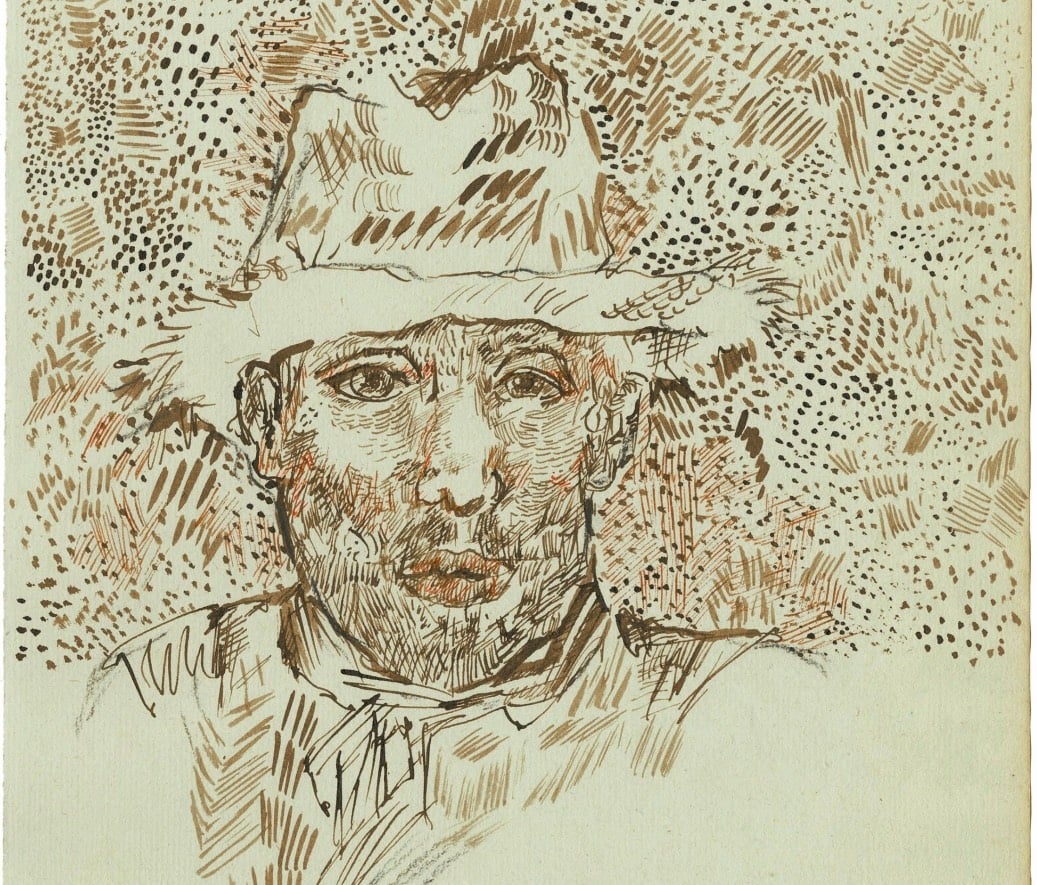Found: van Gogh’s lost sketchbook

In 2013, art historian Bogomila Welsh-Ovcharov was asked to look at some drawings that may have been done by Vincent van Gogh. What she found was an entire sketchbook containing 65 drawings done by the artist during his time spent in Provence.
As Welsh-Ovcharov began the painstaking process of authenticating the works over the past three years, the story of the sketchbook also came to light.
It was, in fact, an old-fashioned business ledger, approximately 26 by 40 centimetres, that had been given to van Gogh in May 1888 by the owners of a café in Arles, where he was temporarily living. The high-quality blank pages were ideal for use as an artist’s sketchbook.
Two years later, after van Gogh cut off his ear following an argument with the painter Paul Gauguin and spent many months in hospitals in Arles and Saint-Rémy, a doctor he had befriended returned the book of drawings to the café owners. Then for generations, it languished, likely stored with other business ledgers.
Fortunately, there was independent proof that this was van Gogh’s work, thanks to a small notebook that had also belonged to the café, documenting daily activities. It contained an entry for May 20, 1890 noting that van Gogh’s friend, Dr. Felix Rey, had returned a large album of drawings, along with some empty olive jars and towels, to the café owners on behalf of the artist.
Drawing from the sketchbook are being released as a book: Vincent van Gogh: The Lost Arles Sketchbook.
Update: As noted in the CBC piece, The Van Gogh Museum disputes the authenticity of the sketchbook.
At an earlier stage (in 2008 and 2012), our experts gave their opinion on its authenticity — an opinion not mentioned in the publication — at the request of various owners of drawings from the album. Our researchers and curators are happy about every new work that can correctly be attributed to Van Gogh, but on the basis of high-quality photographs sent to them of 56 of the 65 drawings now published, they concluded that these could not be attributed to Vincent van Gogh. After examining a number of the original drawings in 2013 and reading the recent publication, our experts have not changed their minds.
Their evidence is that the drawings do not show van Gogh’s characteristic style, use the wrong ink, contain many topographical errors, and so on. (thx, everyone)





Stay Connected